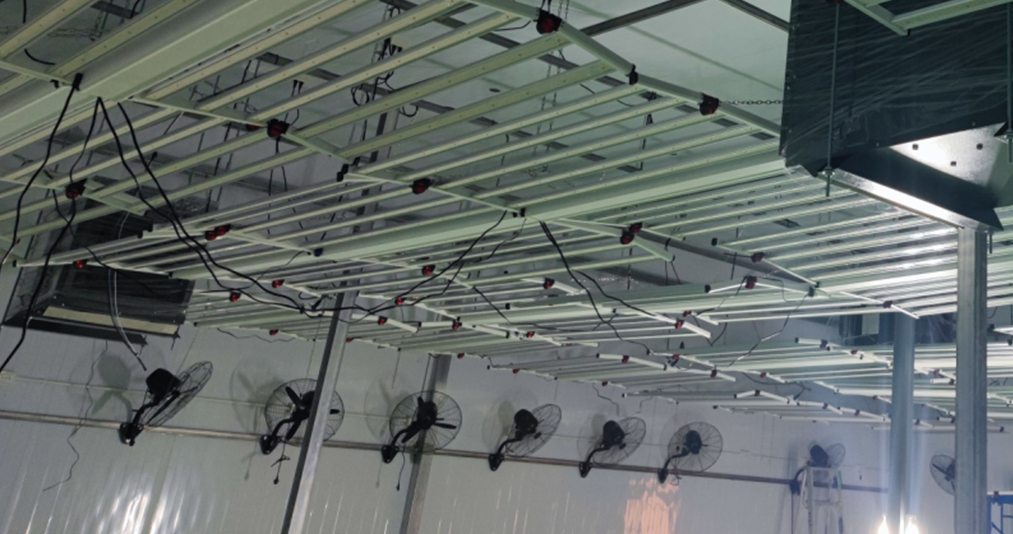What is the difference between plant lamp and normal lamp?
2021-08-03
1. Different wavelength of luminescence spectrum:
Plant growth lamp is mainly in the visible light spectrum of red and blue components, ordinary light is just led, and the spectrum is concentrated in the green light part.
The LED used in the field of plant culture also shows the following characteristics: the wavelength type is rich, which just coincides with the spectral range of plant light synthesis and light morphogenesis; Spectrum wave width half width narrow, can be combined according to the need to obtain pure monochromatic light and composite spectrum; It can concentrate light of specific wavelength to illuminate crops evenly; It not only regulates the flowering and setting of crops.
It also controls plant height and plant nutrients; The system has less heat and occupies less space. It can be used for multi-layer cultivation and three-dimensional combination system, which realizes low heat load and miniaturization of production space. In addition, its exceptional durability also reduces operating costs.
2. External differences
LED also known as light-emitting diode, the core part is composed of P-type semiconductor and N-type semiconductor chip, between the P-type semiconductor and n-type semiconductor has a transition layer, called p-N junction. When a current flows from the ANODE to the cathode of an LED, the semiconductor crystal emits light of different colors, ranging from purple to red, depending on the current.
According to the luminescence intensity and working current, it can be divided into ordinary brightness (luminescence intensity < 10MCD), high brightness (luminescence intensity is 10-100McD) and super high brightness (luminescence intensity > 100MCD) and so on. Its structure is mainly divided into four parts: light distribution system structure, heat dissipation system structure, drive circuit and mechanical/protective structure.
Traditional artificial light sources generate too much heat. For example, with LED complementary lighting and hydroponic systems, air can be recycled and excess heat and water can be removed.
Electrical energy can be efficiently converted into effective photosynthetic radiation and, ultimately, into plant matter. The research shows that the growth rate and photosynthetic rate of lettuce can be increased by more than 20% by using LED lighting. It is feasible to use LED in plant factories.
3. Different uses
LED lamps can replace spiral incandescent lamps or energy-saving bulbs, from 5 to 40 watts, low power incandescent lamps, to 60 watts (only need about 7 watts of electricity).
LED plant light can help shorten the growth cycle of plants, because the light source of this light is mainly composed of red and blue light sources, using the most sensitive light bands of plants, the red wavelengths are 620-630nm and 640-660nm, and the blue wavelengths are 450-460nm and 460-470nm.
These light sources are let plant to produce the best photosynthesis, the growth of the plant to get the best condition, the experiment and practical application show that, in addition to the plant in the lack of light time fill light, also make plants grow in the process of promoting multiple lateral branch and bud differentiation, speed up the root growth, accelerate plant carbohydrate synthesis and the synthesis of vitamin, shorten the growth cycle.







